Chef, hotelier, philanthropist, fast-car lover: Massimo Bottura is a one-man brand synonymous with his beloved Emilia-Romagna, the Italian region that gave birth to Parmigiano Reggiano and Balsamico vinegar, as well as some of the world’s most famous auto brands. As well as his 13 restaurants, Bottura and his wife opened boutique hotel Casa Maria Luigia in Modena in 2019, pairing iconic dishes from his three-Michelin-star restaurant Osteria Francescana with homely hospitality. When he’s not in the kitchen or travelling, Bottura can be found on the back of a motorcycle or helping out at Food for Soul, the philanthropic arm of his business that turns surplus produce into meals for those in need. The evening before our interview, Italian football arch-rivals Inter Milan and AC Milan went head-to-head. For Inter Milan fan Bottura, his team’s victory was made even sweeter the following morning when he was invited to prepare the celebratory banquet, and he is in good spirits when we talk.
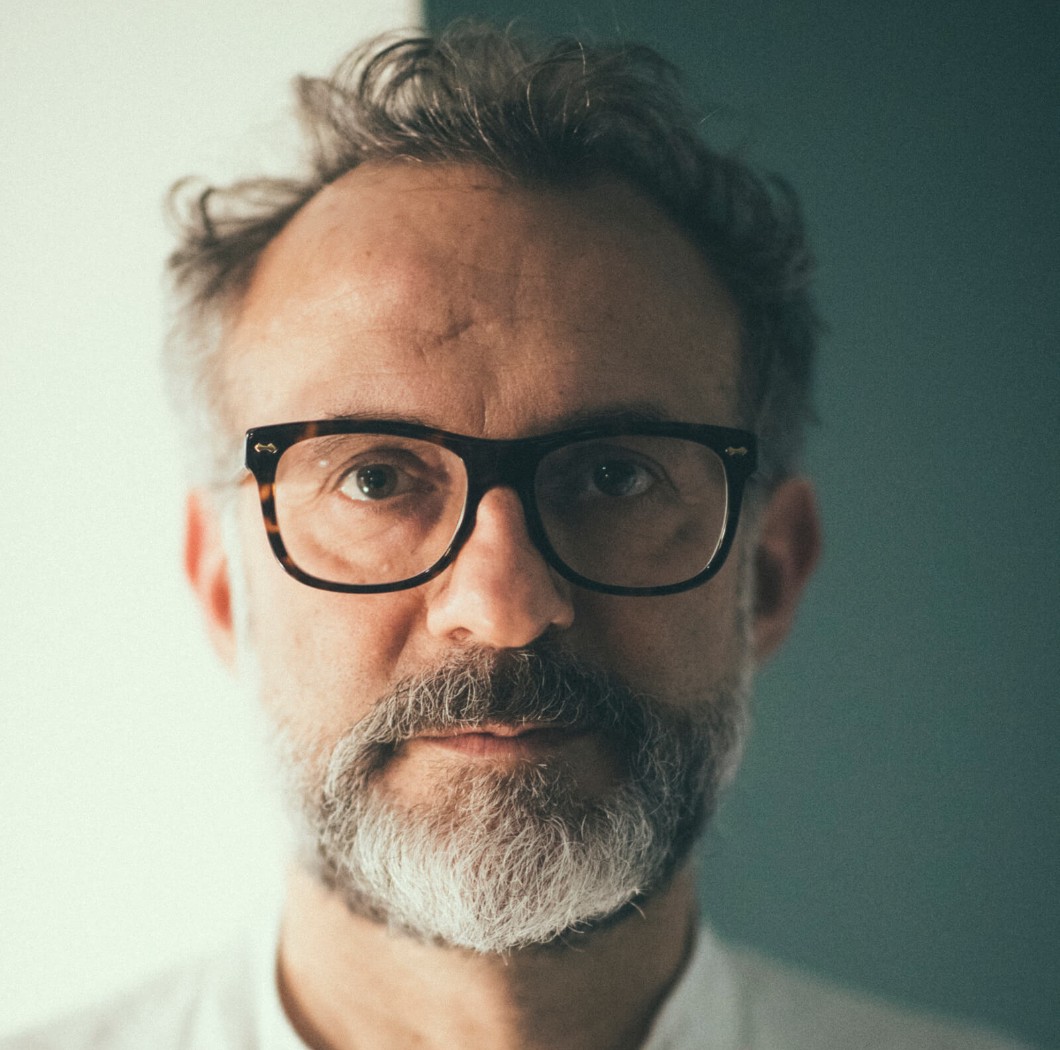
At Osteria Francescana, you tore up the rulebook and reimagined Italian cuisine. What’s the ethos in Torno Subito?
Torno Subito is about expressing the Italian feeling for having fun. It’s the Italian Riviera during my childhood; my mom and my sister with me in Rimini, the city where Fellini was born and finished writing La Dolce Vita. It’s the colours, the brightness. The kitchen here reflects that moment and attitude. We’re playful with the food exactly as I was playing on the beach with my sister and all our friends 50 years ago. I always look at the past in a critical way and never with nostalgia; to get the best from the past into the future. That’s how we rebuild tradition.
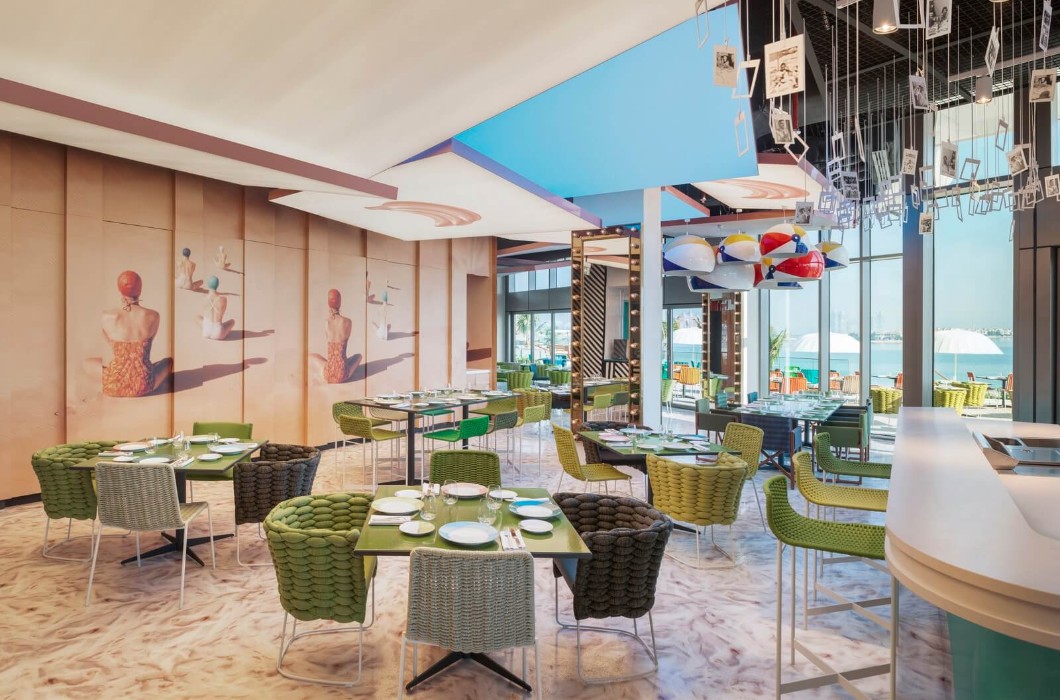
Are there any links to Osteria Francescana?
We play with the names of dishes and menus in the same way. For example, the ‘Sapore di Sale, Sapore di Mare’ menu. Sapore di Mare is a very famous movie from the 80s about life on the coast during an era when everyone was enjoying the economic boom in Italy. And Sapore di Sale is a song by Gino Paoli from the same era. We combined them for the menu, which is all about the flavours of salt and the flavours of the sea, with shrimp octopus, squid and other elements. We have a lot of fun and that’s why we love what we do. The secret to success is waking up in the morning and going to bed in the night, and in between, you do whatever you have chosen to do.
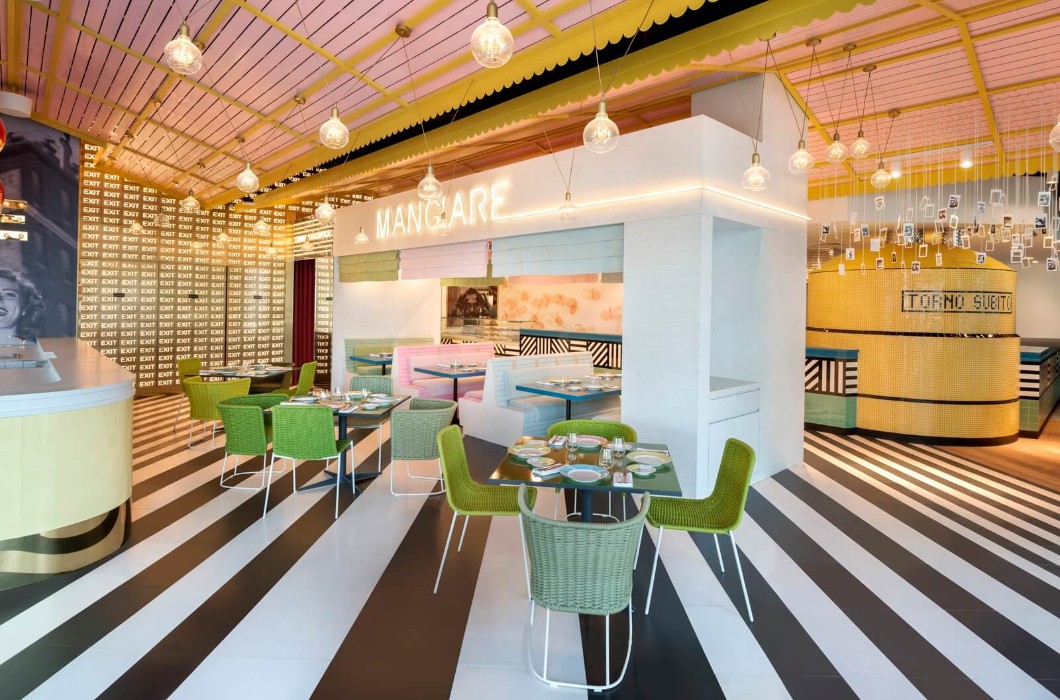
What does Torno Subito mean and what was the inspiration for the name?
Torno Subito means ‘I’ll be back soon’. In Italy you’ll see it written on notes in the windows of shops when the owners go out for a coffee. This was inspired by a contemporary Italian artist called Maurizio Cattelan. In his first solo show, he left the gallery closed with a little sign saying ‘Torno Subito’ outside. And when the crowd — a group of very important people — was gathered outside, he shot a photo from across the street. That’s where I got the inspiration. As Picasso was always saying: “Good artists copy, great artists steal.”
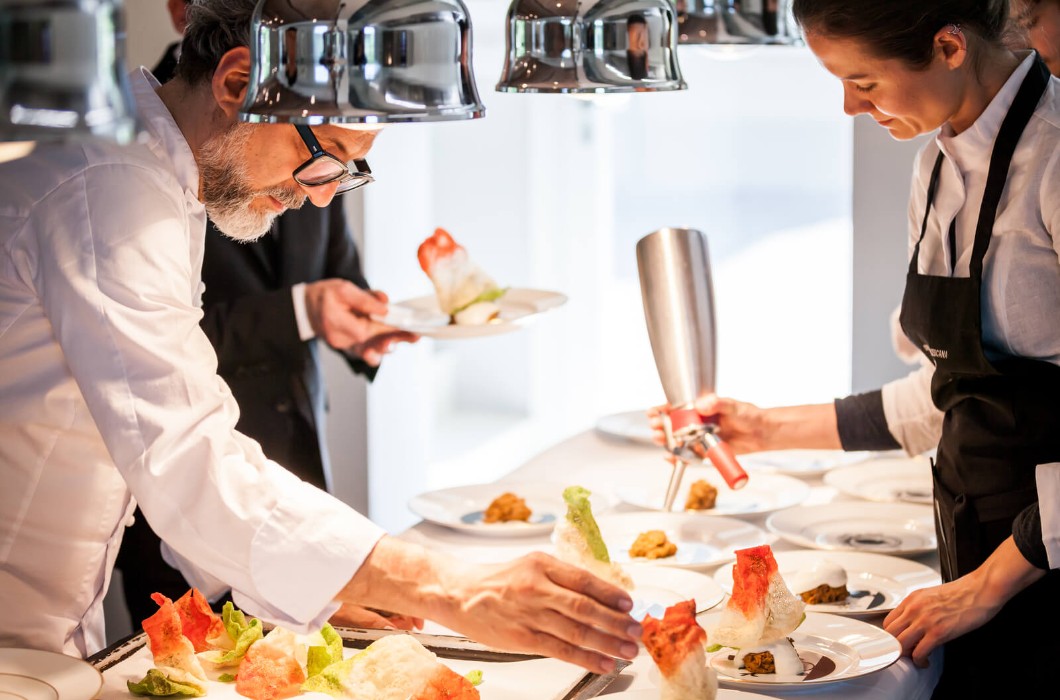
Do you find a lot of inspiration from art?
Yes, art is our landscape of ideas that opens up enormous opportunities. To me, art, music, poetry are part of my daily inspiration and passion. I always say to my chefs and creative people in general: dive deep into your interests, because one day those interests are going to become passion and those passions will transfer your emotions.
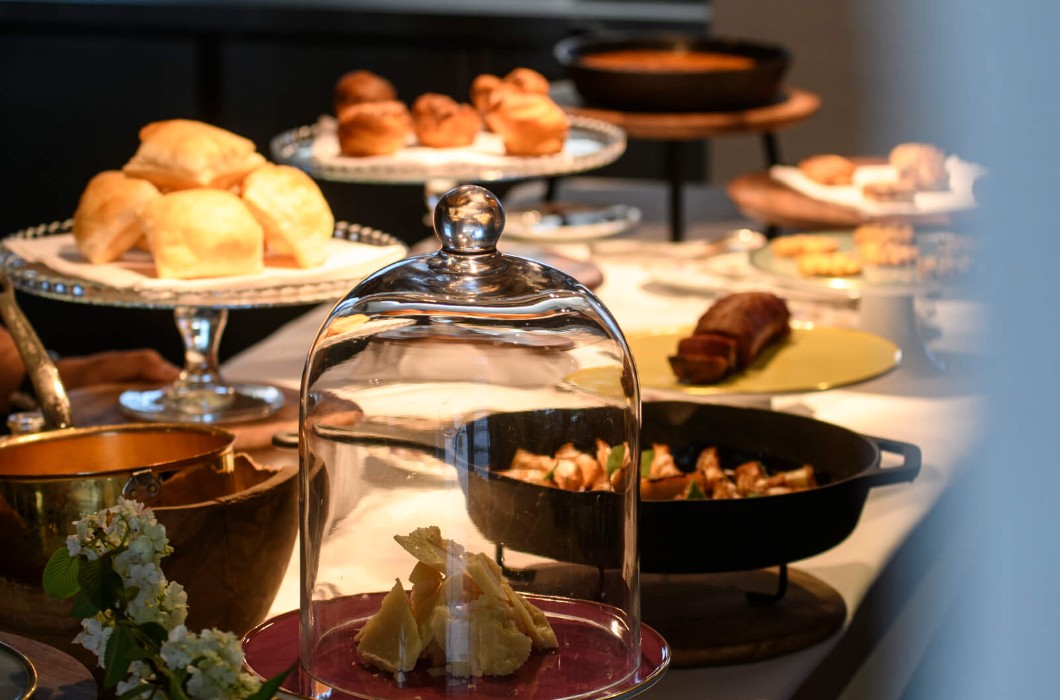
In your Netflix Chef’s Table episode, your wife Lara Gilmore talks about how you were inspired at the Venice Biennale?
Yes it was an installation by the same artist, Maurizio Cattelan. He put stuffed pigeons around the rafters above all the other artwork. There were hundreds of pigeons and he called the piece The Tourists, to denounce the state of Venice, where millions of tourists were leaving their rubbish and plastic bottles everywhere. So it was a way to be outrageous and comment on the situation using art. I learned a lot from that about using food as an important tool. In 2024, the chef is more than the sum of his recipes. A chef can use his personality and his food to communicate things and involve as many people as he can in other projects.
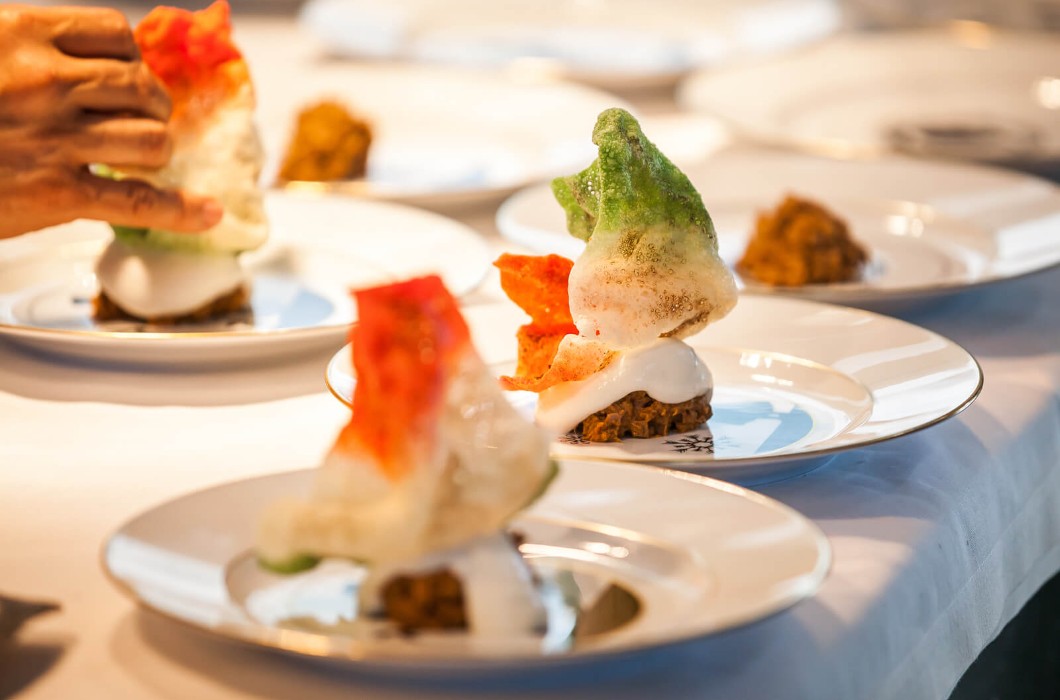
Speaking of which, what can you tell us about your Food for Soul initiative?
As we develop the Francescana family — and we call it family because it’s like a real family — we decided that every time we open a restaurant, we will open a soup kitchen on the side, as a way to give back to society. When Torno Subito opens soon in Miami, we will have 13 restaurants and 13 soup kitchens, where we’re doing millions of meals for people in need using surplus food served in beautiful places full of design and art. I always have in mind the famous phrase from [Albert] Camus: “Beauty, no doubt, does not make revolutions. But a day will come when revolutions have need of beauty.” This is the way to rebuild the dignity of the people who want to have
a second chance in life.
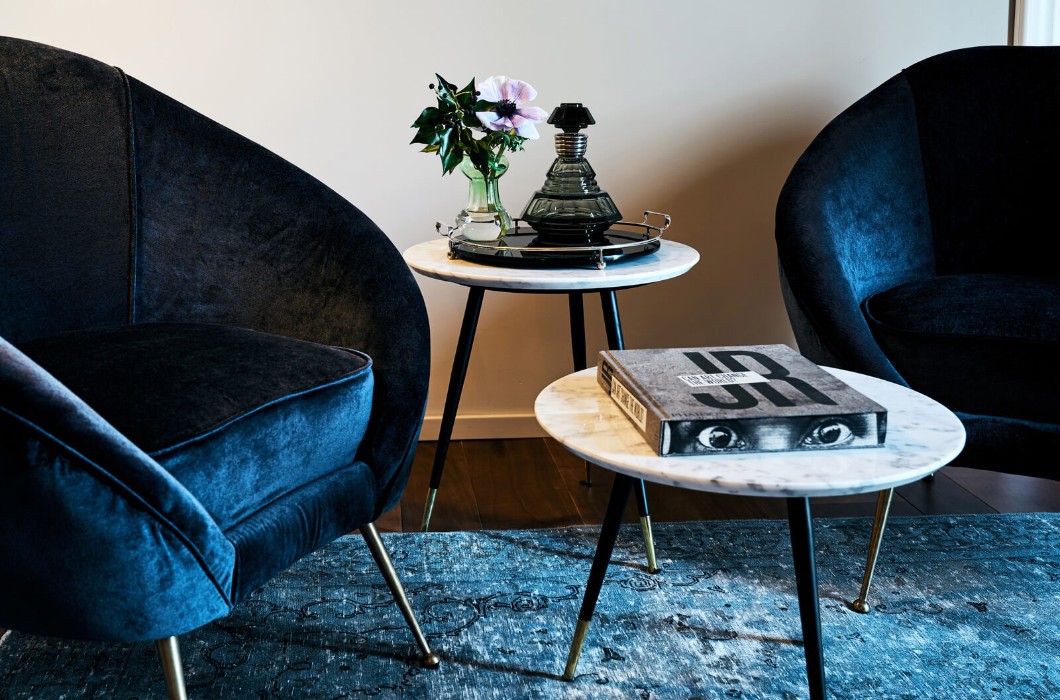
Does the food come from your restaurants?
The food comes from supermarkets. Globally we produce food for 12 billion people and we’re just 7.5 billion on earth. Yet 800 million people don’t have anything to eat and overproduction goes to waste. So while it is still edible — the same beautiful supermarket food we eat in our homes — we transform it into amazing meals.
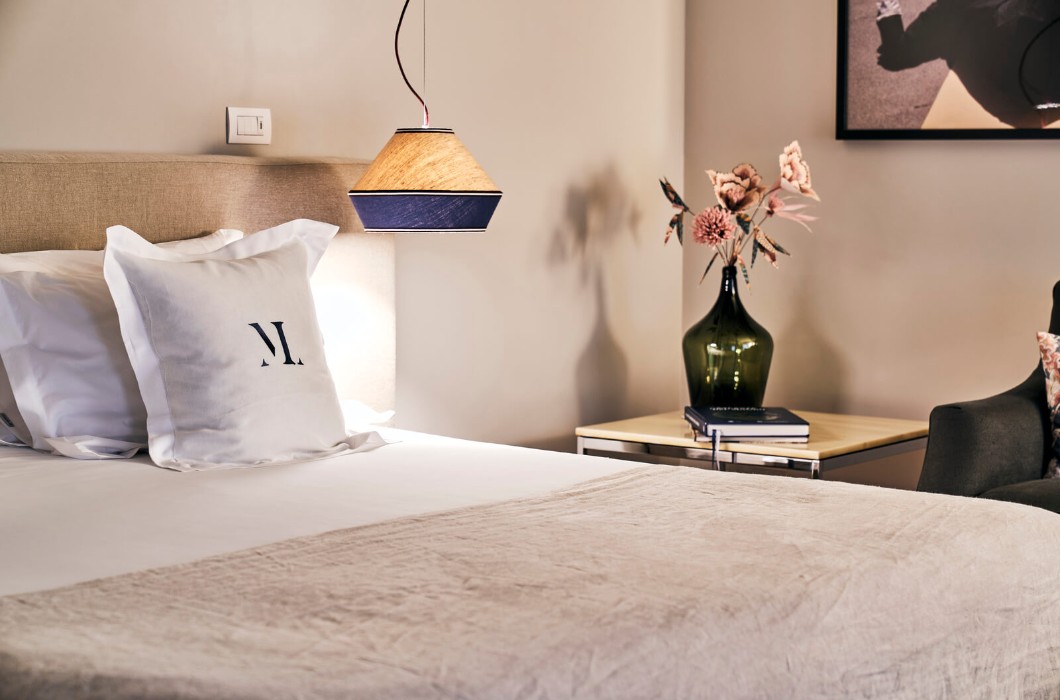
Another initiative close to your heart
is Tortellante?
Yes, in Modena we bring together grandmothers and kids with autism to learn to make traditional tortellini pasta by hand. So now, the two most marginalised parts of society are now the centre of society. They keep tradition alive and they bring food home each evening for the family. After five years, we also have a store in Modena where we sell their products. A surgeon from Modena has just opened another branch in Puglia, where they make traditional Puglian orecchiette.
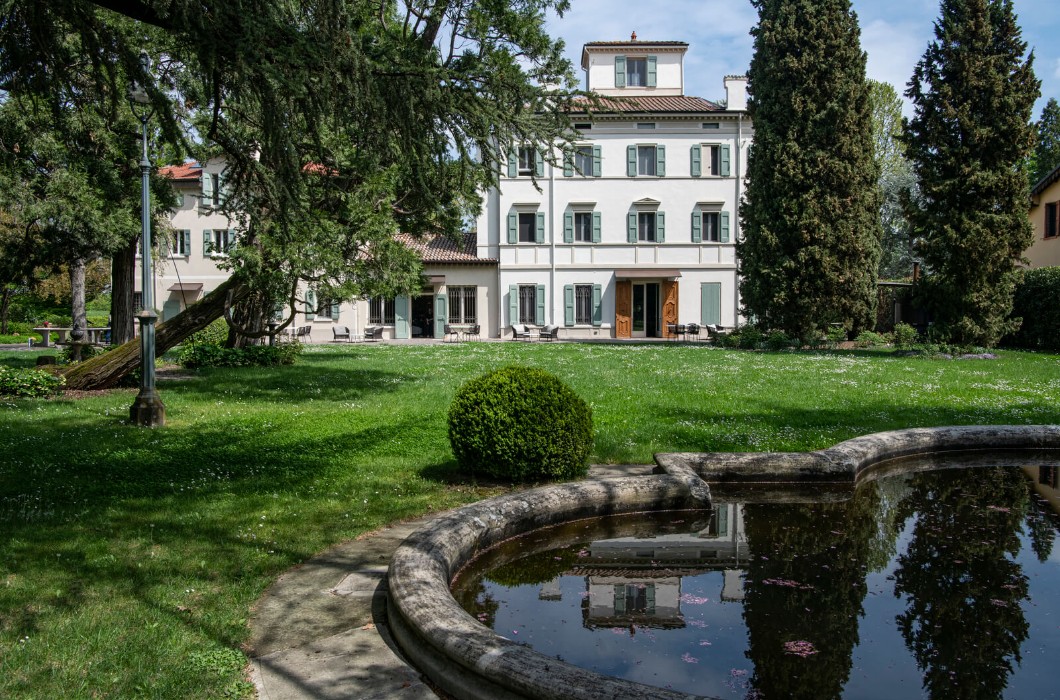
Tell us a bit about Casa Maria Luigia?
Our jewel! We created a project that is probably unique in the world so that guests who come to eat at Osteria Francescana can spend three or four days in Modena. Firstly, we called it “Casa” because it’s home. And it’s inspired by Maria Luigia, my mum. My mum was an incredible host. She always had the door open and she always had a refrigerator full of food to share with unexpected guests. At Casa Maria Luigia, you will find all the things that I have in my home. You walk in and you have this amazing music room with 8,000 vinyls. You have a kitchen that is always open, so you can help yourself to anything in the refrigerator, take a nibble of Parmigiana, make yourself a cappuccino or pour a glass of Lambrusco. And we don’t charge an extra penny for that. This is the way you treat people in your home.
The secret to success is waking up in the morning and going to bed AT night, and in between, you do whatever you have chosen to do.
How did the property take shape?
Step by step, we restored the old part of a farm from 1775 built on a water source. It was abandoned for 10 years but it still had this incredible park with oak trees, cypress, sequoias and Lebanese cedar. We built a big garden where we grow all our vegetables and food plants. We have a beautiful vineyard that we planted with Trebbiano di Spagna grape, which we use for balsamic vinegar. We have a very important acetaia [balsamic vinegar cellar] with 1400 barrels, including vinegar from 1908. It’s incredible. Also breakfast: when I was a kid, my grandmother used to cook a very special breakfast on Christmas Day. At Casa Maria Luigia, I wanted Christmas Day every day, so we now share this with our guests. The New York Times called it the best breakfast in the world.
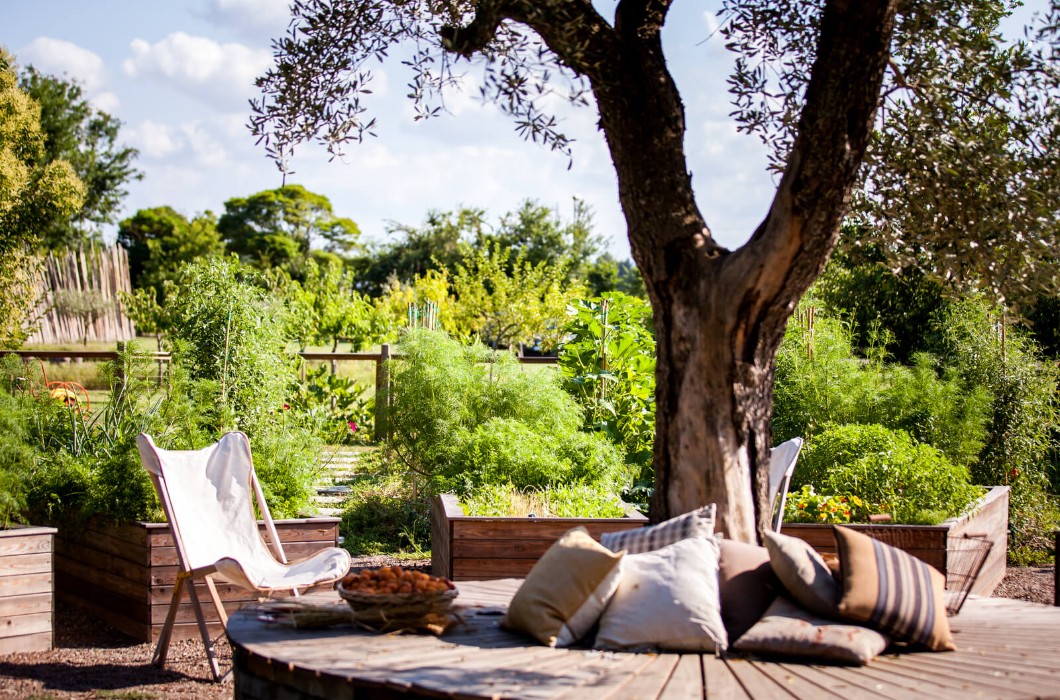
What can we expect at the restaurant?
I decided to move all the iconic dishes from Osteria Francescana into a space where we invite all the guests to share a table. The kitchen is open, so you have the experience of a theatre. I call it ‘Theatre of Flavours’. So you’ll see us plating the famous dishes like ‘Oops! I Dropped the Lemon Tart’, ‘Psychadelic Veal’ or ‘Five Ages of Parmigiano-Reggiano’ in front of you. I moved them from Osteria Francescana so we could continue evolving the menu there. There’s also a new restaurant, a little jewel called Al Gatto Verde. We gave the opportunity to our super chef, Jessica Rosval. All the food is about smokiness, fire and wood-burning ovens. After one year, it’s extremely successful.
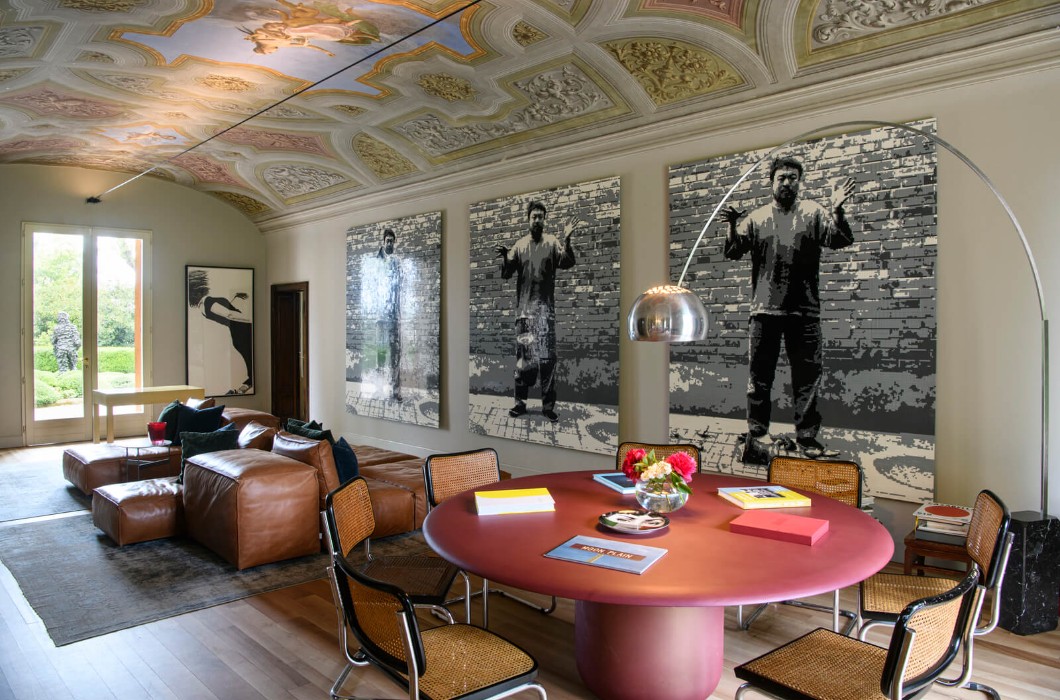
What’s next for you and Casa Maria Luigia?
There are a lot of things going on. We cleared all the fields around Casa Maria Luigia from chemicals and now everything we produce is organic. We also created a spa/gym, where the walls are covered in some of the most amazing contemporary Italian art. When we started collecting it almost 40 years ago, no one knew those artists. But we kept the artworks and now we decided to show them off to our guests. People are mind-blown. Alongside the art is our collection of Ducattis, Maseratis, Ferraris, Lamborghini. Lamborghini made a car dedicated to me called “Oops!”. It’s a white Lamborghini with a splash of yellow colour. In the back you have Lamborghini upside down and the word “Oops” on the front.
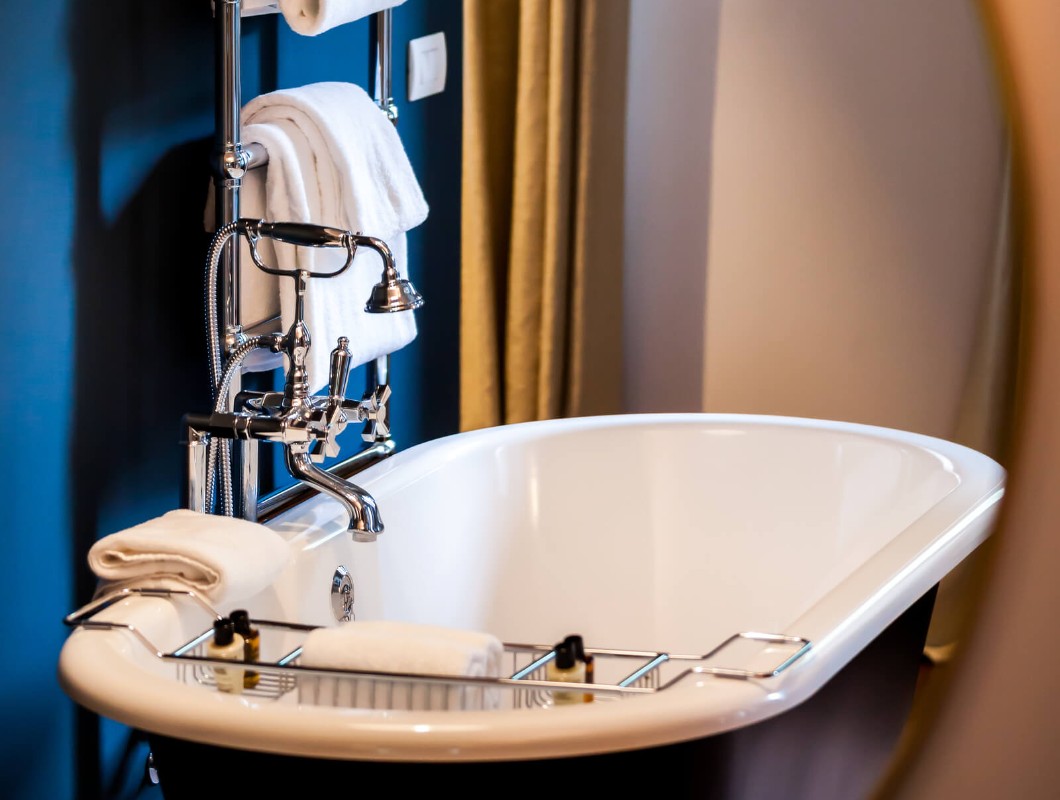
It sounds like Casa Maria Luigia is celebration of all Modena heritage and craftsmanship?
Absolutely, it’s a celebration of Modena. We just came out with a new book called Slow Food and Fast Cars. It’s all about that. We wait 25 years before even tasting the balsamic vinegar. That’s slow food. On the other side, we drive the most crazy cars and motorcycle in the countryside of Modena. I love riding motorcycles!









